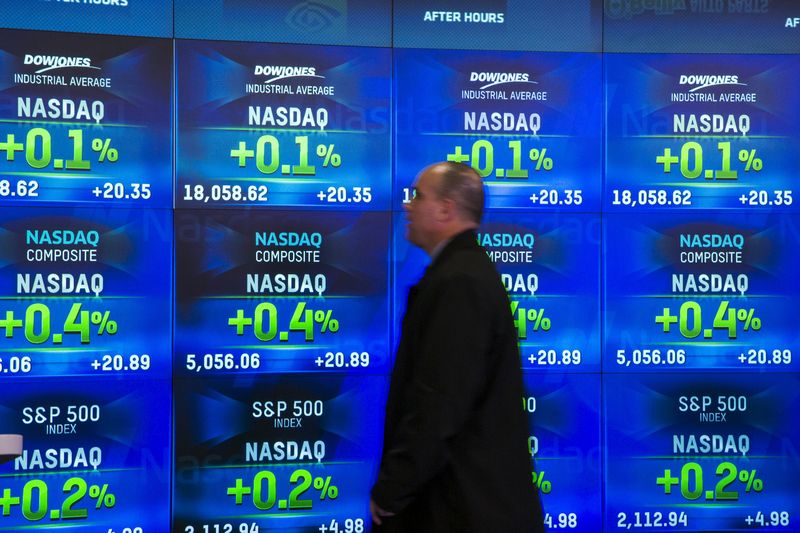
Bullish sentiment falls, neutral feeling rises among retail investors – AAII
Investing.com — Individual investors are becoming more neutral about the short-term outlook for stocks, according to a new survey.
The report from the American Association of Individual Investors (AAII) found that, in the week ended on Sept. 4, both the amount of optimism and pessimism feeling among these traders had also decreased compared to the prior week.
Neutral sentiment — or the feeling that stocks will neither rise nor fall during the upcoming six-month period — climbed by 7.9 percentage points to 29.8%, although the AAII flagged that this figure was below its historical average of 31.5% for the ninth-straight week.
“Bullish” sentiment, or the expectation that stocks will rally over the next six months, dropped by 5.8 percentage points to 45.3%, the survey showed. However, AAII noted that bullish sentiment topped its historical average of 37.5% for the 43rd time in 44 weeks.
The belief that stocks will dip in the half-year timeframe, or “bearish” sentiment, also slipped by 2.1 percentage points to 24.9%. Bearish sentiment is below its historical average of 31.0% for the fourth consecutive week, the AAI said.
The difference between bullish and bearish sentiment dropped by 3.8 percentage points to 20.4%, although it remains well above its historical avearge of 6.5%.
The AAII added that, when asked whether they would be postponing any investment moves until after the US presidential election in November, 60.0% of respondents said they were sticking with their long-term investment plans. A further 15.9% said they are not delaying investments “right now, but that might change after the election results are known.”
Meanwhile, 9.6% of survey-takers said they would be postponing putting their new money to work until the vote is concluded. Another 9.6% said they had switched to a more conservative allocation.
AAII said the indicator attempts to give investors a “forward-looking perspective” of the market rather than “relying on historical data, which tends to result in hindsight bias.”

